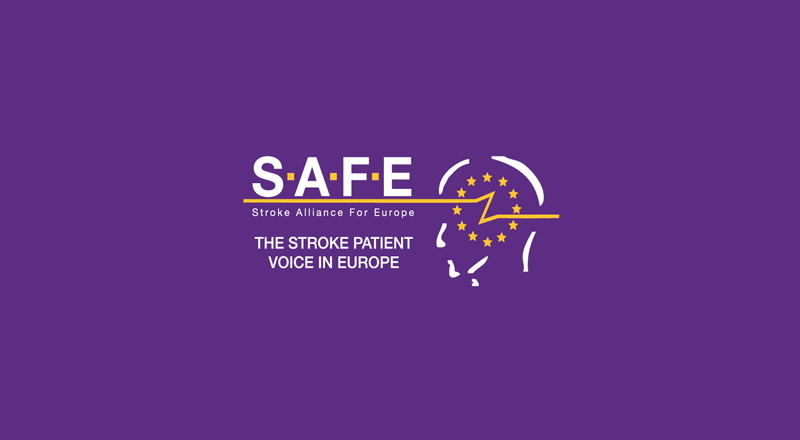
Oct 16, 2017
A new University of Liverpool study, published today in Brain and Behaviour, examines the wide range of visual impairments developed by stroke survivors.
Approximately 65% of acute stroke survivors have visual impairment which typically relates to impaired central or peripheral vision, eye movement abnormalities, or visual perceptual defects. (more…)

Oct 16, 2017
Ischemic stroke patients who do not receive intravelous (IV) alteplase, a clot-dissolving medication, are significantly less likely to survive, according to researchers at Georgia State University.
Ischemic stroke is the most common type of stroke. It occurs when a vessel that supplies oxygen-rich blood to the brain becomes blocked, often by a blood clot. IV alteplase was approved by the Food and Drug Administration as a treatment for acute ischemic stroke in 1996 and is known to reduce disability and improve functionality by restoring blood flow to the brain. Yet two decades later, less than 10 percent of patients receive the treatment. (more…)

Oct 10, 2017
A debate on stroke is emerging in Brussels for the first time, thanks to the joint mobilisation of physicians’ association ESO and the patients’ association Stroke Alliance for Europe – SAFE over the past year. This mobilisation started off with a joint letter sent on November 2016, calling on the European Commission to play a greater role in ensuring access to the current stroke management standards and facilitating cross-border cooperation between member states.
In order to preserve this momentum and garner political support, ESO and MEP Aldo Patriciello have decided to organise an event within the European Parliament, focusing on innovation in stroke treatment and access to it. The primary objective was to bring together representatives from ESO and the EU institutions, physicians and patients with the aim of discussing how to ensure equal access to the current stroke management standards and reduce inequalities within Europe along the whole patient’s care pathway. (more…)

Oct 9, 2017
By Honor Whiteman
Published on www.medicalnewstoday.com
The risk of stroke could be increased by more than a quarter for people who experience migraine with aura. So concludes a twin study recently published in the journal Brain.
According to the Migraine Research Foundation, around 39 million children and adults in the United States are affected by migraine, a disorder characterized by the recurrence of moderate or severe throbbing pain on one or both sides of the head. (more…)

Oct 4, 2017
Jon Barrick, SAFE President, invites stroke advocates from European stroke support organisations to step forward and register for the Munich consensus conference – March 2018
The“Action Plan for Stroke in Europe 2018 to 2030” will be of major importance for the prevention of stroke in Europe and the implementation of adequate stroke services including life after stroke. Two previous consensus conferences on stroke management in Europe (1995 and 2006) laid foundations, and this initiative will modernise the actions that need to be implemented.
The third consensus conference is scheduled to take place in Munich in 2018, building on the experience and the format of the previous conferences. The conference will be organized by the European Stroke Organisation, in partnership with the Stroke Alliance for Europe (SAFE). The World Health Organization will be asked to endorse the conference. (more…)






